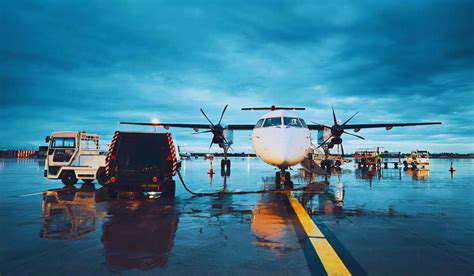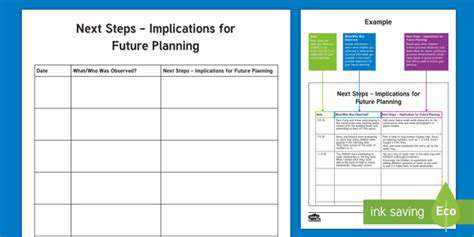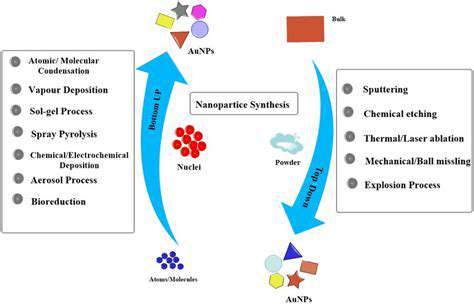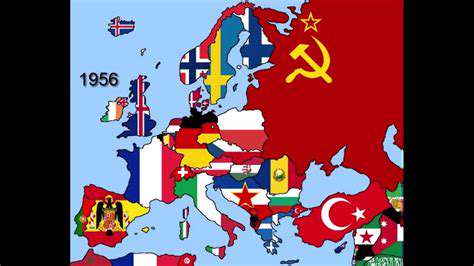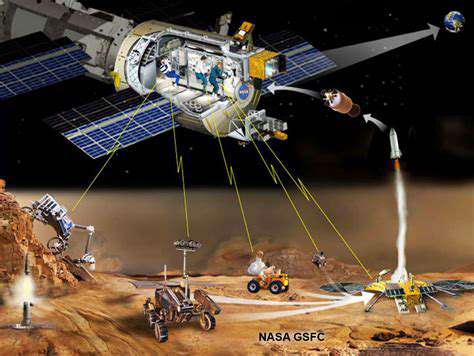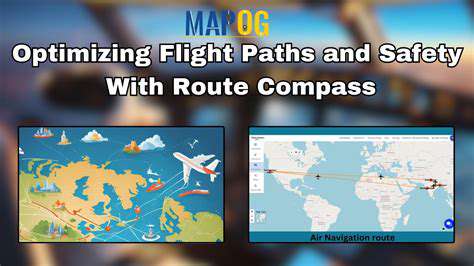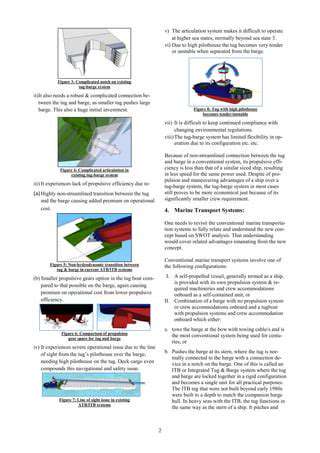The Foundation of Satellite Imagery in Geospatial Intelligence
Satellite Imagery as a Key Data Source
Satellite imagery plays a fundamental role in geospatial intelligence, serving as an indispensable tool for countless applications. By capturing data from various altitudes and leveraging different spectral bands, these images offer a distinctive view of our planet, allowing experts to track changes across time. Whether monitoring deforestation, urban expansion, infrastructure projects, or natural disasters, satellite imagery delivers critical insights into human activity and environmental shifts. The high-altitude perspective, free from terrestrial limitations, enables thorough analysis and data-driven decisions.
Different satellite imagery types—optical, radar, and hyperspectral—serve distinct analytical purposes. Optical imagery captures visible and near-infrared light, producing high-resolution visuals ideal for detailed land cover mapping and change detection. Radar imagery, unaffected by clouds or darkness, proves invaluable for regions with persistent cloud cover or nocturnal observations. Hyperspectral imagery, covering a broad electromagnetic spectrum, reveals intricate material compositions on Earth's surface. This capability supports advanced analyses in agriculture, mineral exploration, and beyond.
Applications of Satellite Imagery in Geospatial Intelligence
Satellite imagery's applications in geospatial intelligence are vast and varied. From military reconnaissance and security operations to environmental tracking and disaster management, space-based data collection deepens our understanding of global dynamics. These images help monitor border activities, detect potential threats, and track movements of personnel and equipment, bolstering national security efforts.
Environmental monitoring benefits immensely from satellite data. Tracking deforestation, assessing crop yields, and evaluating climate change impacts are just a few examples. Consistent, long-term imagery provides robust datasets for forecasting and policy development. In disaster response, satellite imagery accelerates damage assessment, identifies affected zones, and optimizes resource distribution.
Infrastructure monitoring also relies heavily on satellite technology. Observing road and dam construction, pinpointing risks, and ensuring project security are all enhanced by aerial perspectives. Urban planning similarly gains from tracking population density, land use patterns, and growth trends.
High-resolution satellite imagery is indispensable for border security, offering real-time insights into potentially threatening activities. Moreover, satellites' consistent data collection supports rapid humanitarian responses and emergency relief operations.
Advanced Satellite Sensor Technologies and Data Acquisition
Advanced Satellite Sensor Technologies
Satellite sensors are constantly evolving, with technological breakthroughs enabling more detailed and sophisticated data capture. Enhancements in spatial resolution, spectral range, and temporal frequency are driving this progress. High-resolution imagery allows precise ground feature mapping, while multispectral and hyperspectral sensors reveal material compositions—essential for agriculture and environmental studies. Frequent data capture is critical for monitoring dynamic processes like deforestation or urban sprawl.
Sensor design innovations are yielding smaller, lighter, and more energy-efficient instruments. These improvements facilitate new satellite deployments and sustain existing systems. Enhanced sensor accuracy and reliability enable sharper measurements of Earth's surface and its features.
Data Acquisition Techniques
Satellite data collection and processing methods are continually refined. Advanced algorithms transform raw sensor data into actionable insights through image enhancement, atmospheric correction, and radiometric calibration. These steps ensure data accuracy and reliability.
Different sensors demand tailored acquisition strategies. High-resolution imagery, for instance, requires precise orbit control and specialized stitching techniques. Efficient acquisition methods reduce costs and processing times, making satellite data more accessible.
Data Processing and Analysis
Raw satellite data undergoes rigorous processing to extract meaningful information. Sophisticated software enhances images, removes noise, and identifies key features. Machine learning and AI are increasingly automating analysis, uncovering patterns and trends faster than ever.
Processed data supports diverse applications, from land classification to disaster response. Accurate processing is vital for ensuring the utility and reliability of satellite-derived insights.
Applications in Geospatial Intelligence
Advanced sensor technologies revolutionize geospatial intelligence by enabling detailed monitoring of land use, infrastructure, and environmental changes. These insights inform decisions in urban planning, resource management, and national security. Satellite data also plays a pivotal role in disaster mapping, threat detection, and humanitarian aid.
Geospatial intelligence derived from satellites is transforming fields like precision agriculture and environmental conservation.
Integration with Other Data Sources
Modern geospatial intelligence integrates satellite data with GIS, aerial imagery, and social media for a comprehensive view of geographic phenomena. This fusion contextualizes satellite insights, enabling more accurate assessments and predictions.
Combining datasets provides a holistic understanding of regions, supporting effective solutions to complex challenges.
Challenges and Future Directions
Despite advancements, challenges like data volume, processing speed, and cost persist. Massive datasets demand robust storage and processing infrastructure. Ensuring data accessibility and interoperability across platforms is also critical.
Future efforts should focus on compact, cost-effective sensors, improved algorithms, and AI integration. These innovations will enhance the accuracy, efficiency, and accessibility of geospatial intelligence.
Future Trends in Satellite-Based GEOINT

Satellite-Based Geo-Spatial Data Collection
The future of satellite-based geo-spatial data collection hinges on sensor advancements, delivering higher-resolution imagery and richer spectral data. This will enable granular analyses of urban expansion, deforestation, and other surface changes, empowering smarter decisions in environmental and urban planning.
As satellite imagery becomes more affordable and accessible, local communities and under-resourced researchers will gain unprecedented access to critical data. This democratization will spur innovation and collaboration, deepening our planetary understanding.
Improved Data Processing and Analysis
Satellite constellations generate vast data volumes, necessitating advanced processing. Machine learning will automate information extraction from complex imagery, accelerating analyses of global trends like land-use shifts or disaster impacts.
Enhanced Data Accessibility and Interoperability
The future of satellite data lies in seamless sharing and interoperability. Standardized formats and open-source platforms will foster collaboration, while user-friendly interfaces will broaden access for policymakers and researchers alike.
Applications in Environmental Monitoring
Satellite data will transform environmental monitoring by providing continuous, comprehensive assessments. Tracking deforestation, water quality, and climate impacts will enable proactive interventions and sustainable practices.
Advancements in Satellite Technology
Miniaturization and efficiency gains will reduce costs and improve data quality. A denser satellite network will yield higher-resolution imagery, crucial for monitoring Earth's dynamic processes.
Integration with Other Technologies
Satellite data will increasingly merge with AI and IoT. AI can identify patterns in imagery, while IoT devices provide ground-level context. This synergy will deliver a nuanced understanding of Earth's systems, driving targeted solutions to global challenges.

